


If you ever find yourself craving a place where the ocean’s rhythm sets the pace of your days,Siargao is that kind of magic. It’s this laid-back island in the Philippines where time seems to slow down just enough for you to catch your breath and soak in the simple joys. Imagine waking up to the gentle crash of waves,the salty breeze weaving through palm trees,and the sun painting the sky in soft pastels. The vibe here is effortlessly chill but alive with a quiet energy — surfers carving through glassy waves,locals greeting you with warm smiles,and the scent of fresh coconut and grilled seafood mingling in the air. What really makes Siargao stand out is its blend of raw natural beauty and genuine island spirit. Beyond the famous Cloud 9 surf break,you’ll find hidden lagoons shimmering with turquoise water,mangrove forests whispering secrets,and quaint villages where life moves at a human pace. The island’s culture feels deeply connected to the sea and land,with festivals,music,and food that celebrate this bond. Don’t miss trying the local delicacies — sweet,sticky rice cakes or freshly caught fish grilled over open flames,bursting with smoky flavor. Whether you’re paddling out for a surf session,exploring the lush interiors on a motorbike,or simply lounging in a hammock with a cold drink,Siargao invites you to slow down and savor every moment. It’s a place that stays with you long after you leave,a gentle reminder of the beauty in simplicity and the joy of discovery.
The information on this page is currently being reviewed by Tripkliq and should be used as a guide only
Eng word: Hello
Eng pronunciation: Koo-moos-tah
Local language: Kumusta
Eng word: Goodbye
Eng pronunciation: Ah-dee-os
Local language: Adios
Eng word: Thank you
Eng pronunciation: Sah-lah-maht
Local language: Salamat
Eng word: How much
Eng pronunciation: Tag-pee-lah
Local language: Tagpila
Eng word: Toilet
Eng pronunciation: Kah-seel-yas
Local language: Kasilyas
Eng word: Help me
Eng pronunciation: Tah-bahng-ee koh
Local language: Tabangi ko
Eng word: Yes
Eng pronunciation: Oh-oh
Local language: Oo
Eng word: No
Eng pronunciation: Dee-lee
Local language: Dili
Eng word: Excuse me
Eng pronunciation: Pah-sigh-loh-ah koh
Local language: Pasayloa ko
Siargao was first discovered by Spanish explorers in the 16th century. The island was charted by Spanish navigator Bernardo de la Torre in 1543 during his expedition to the Philippines.
The Surigao Strait, which lies to the west of Siargao, played a significant role in World War II. It was the site of the Battle of Surigao Strait, one of the last battleship engagements in history.
Siargao earned its title as the 'Surfing Capital of the Philippines' in the 1980s when foreign surfers discovered its world-class waves, particularly at Cloud 9, which has since become a global surfing destination.
The iconic Cloud 9 Boardwalk was constructed in the 1990s to provide surfers and tourists with easy access to the famous Cloud 9 surf break. It has since become a symbol of Siargao's surfing culture.
The town of General Luna, named after the Filipino revolutionary general Antonio Luna, is the main tourist hub of Siargao. It has grown from a small fishing village to a bustling town with numerous resorts, restaurants, and surf shops.
The Siargao International Surfing Cup, held annually since 1994, attracts surfers from around the world. It is one of the most prestigious surfing competitions in Asia and has helped put Siargao on the global surfing map.
The Magpupungko Rock Pools, located in Pilar, are natural tidal pools that have become a popular tourist attraction. These pools are best visited during low tide when the clear waters reveal stunning rock formations.
The Del Carmen Mangrove Forest is one of the largest contiguous mangrove forests in the Philippines. It plays a crucial role in the local ecosystem and offers eco-tours that educate visitors about mangrove conservation.
Sohoton Cove, located in Bucas Grande Island near Siargao, is a natural wonder featuring stunning lagoons, caves, and rock formations. It is a protected area and a popular destination for eco-tourism.
In Siargao, the most common Power Adaptor is Type A, Type B.


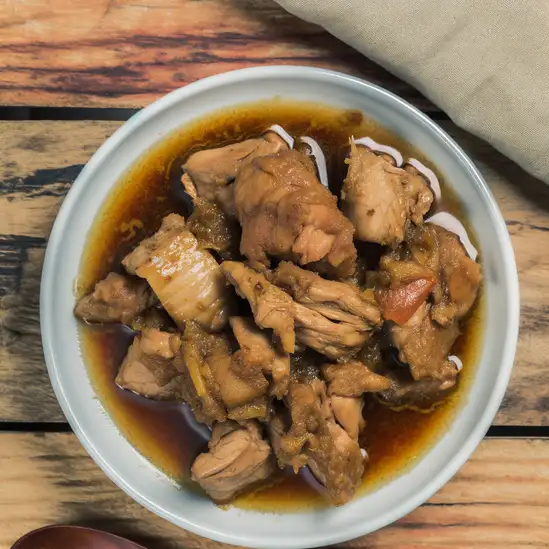
A popular Filipino dish made with meat (usually chicken or pork) marinated in vinegar, soy sauce, garlic, and spices, then slow-cooked.
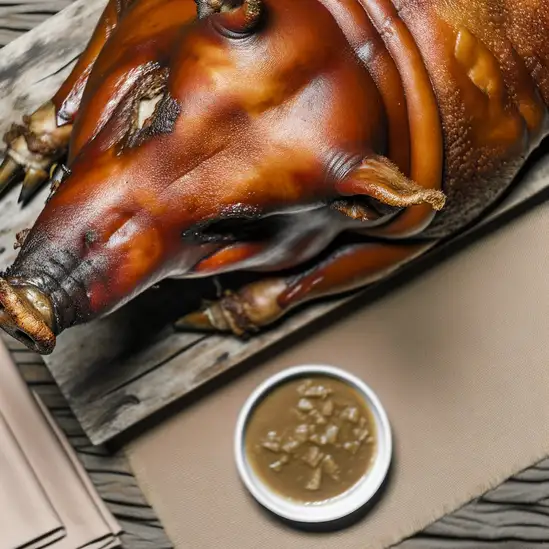
Roasted whole pig, famous for its crispy skin and tender meat, often served during special occasions.

A famous Filipino dessert made with crushed ice, sweetened fruits, jellies, and topped with leche flan and ube ice cream.
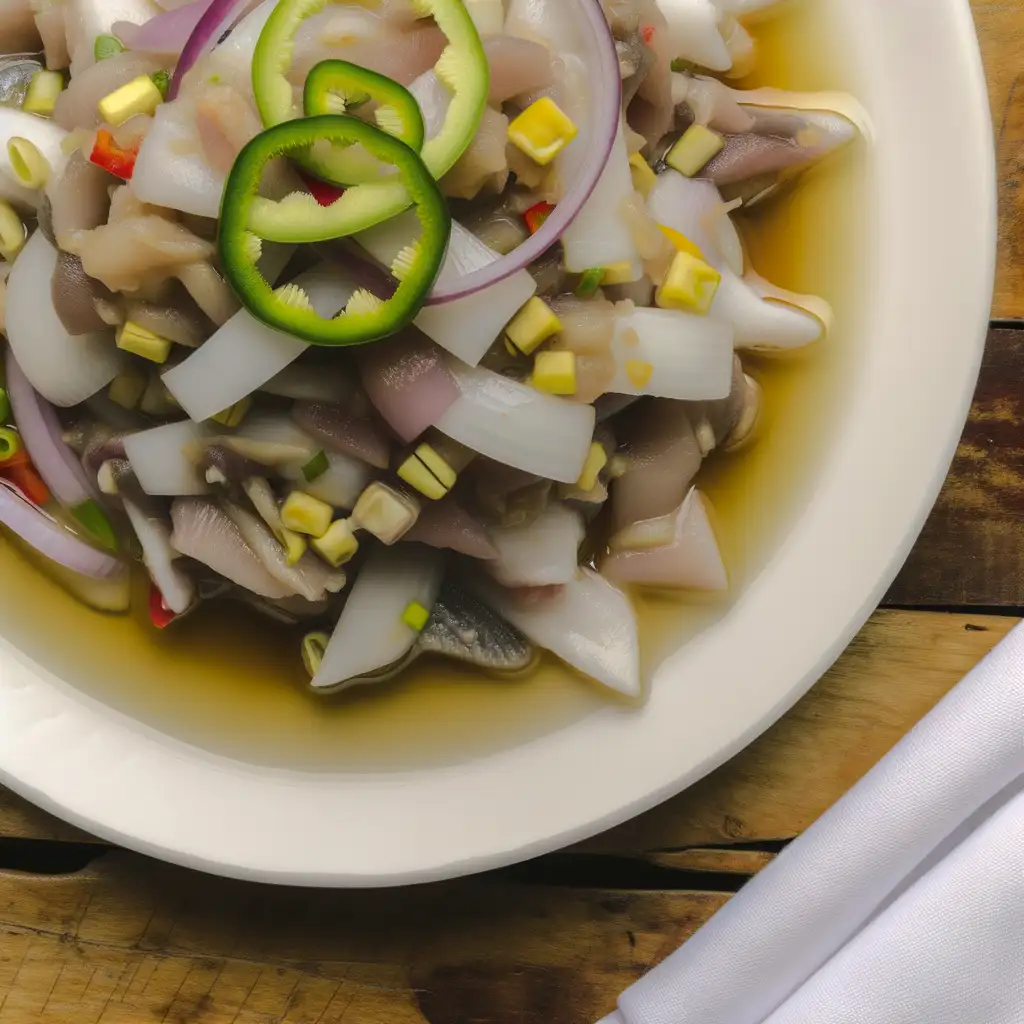
A traditional Filipino ceviche made with fresh raw fish marinated in vinegar, citrus juices, and mixed with onions, ginger, and chili.
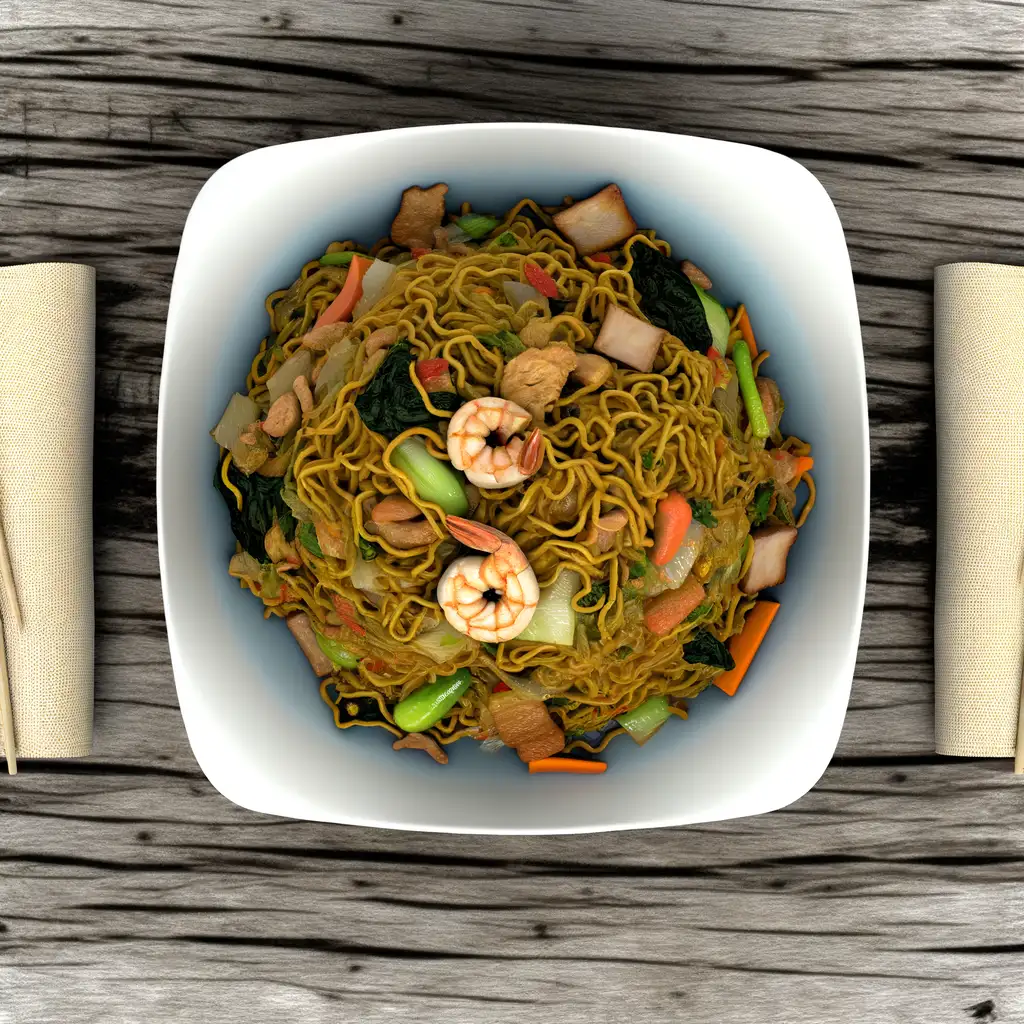
A stir-fried noodle dish that comes in various forms, often made with vegetables, meat, and seafood.
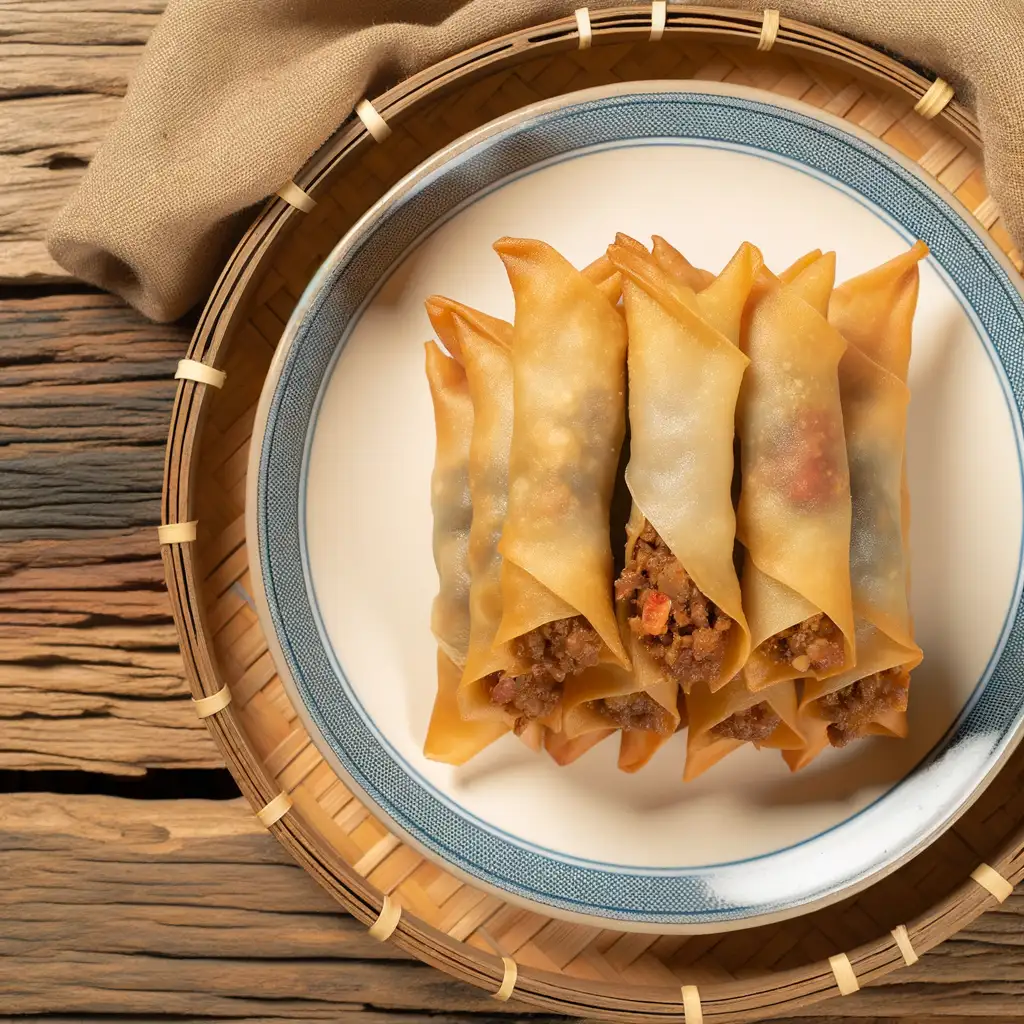
Filipino spring rolls filled with ground pork, vegetables, and spices, deep-fried until crispy.
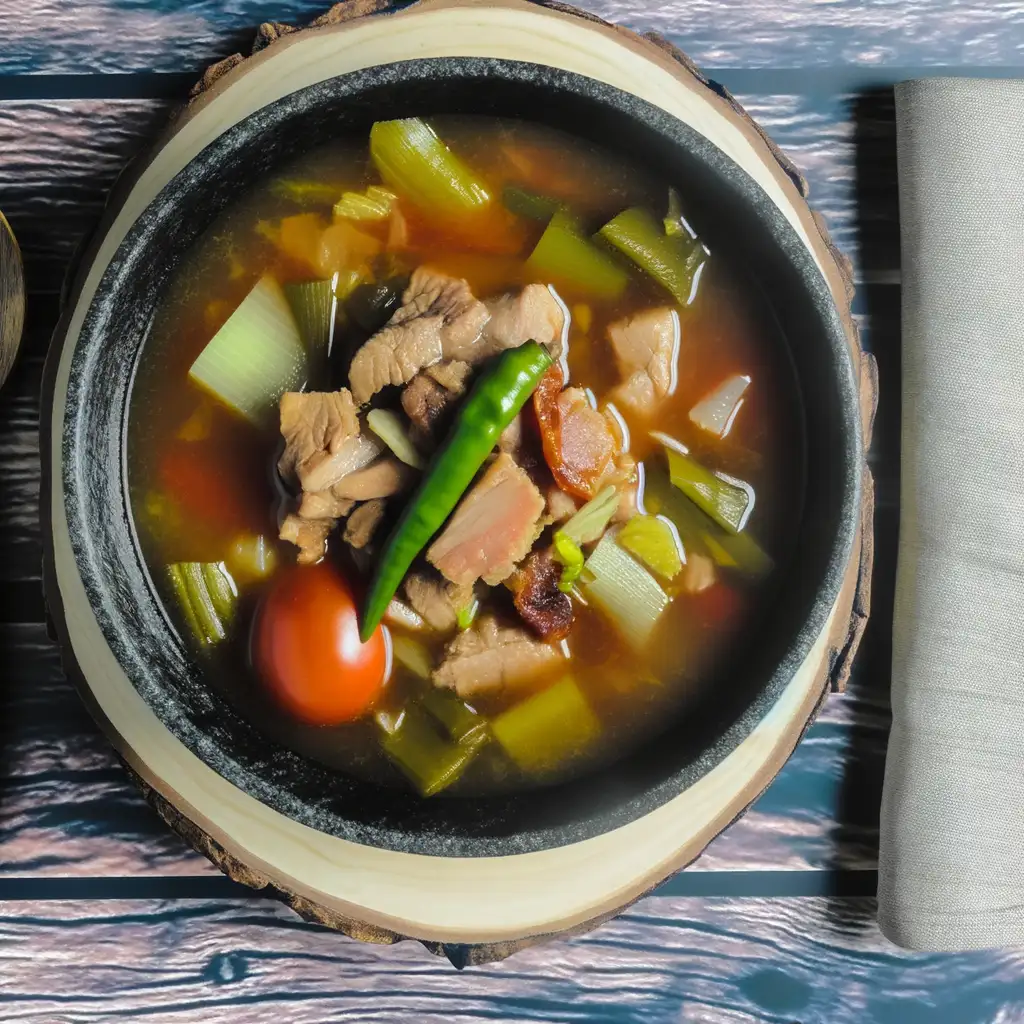
A sour pork soup made with tamarind, tomatoes, and various vegetables, known for its tangy flavor.

A refreshing dessert made with young coconut, fruits, and sweetened cream, perfect for the tropical climate.
Imagine stepping into a place where history hums through the streets and the ocean breeze carries the scent of salty adventure—that’s Cebu City for you. The moment you arrive,there’s this lively energy that wraps around you,a mix of old-world charm and modern buzz. You’ll find yourself wandering through colorful markets where the chatter of vendors blends with the aroma of freshly grilled street food—think sweet,smoky lechon sizzling over coals,tempting you at every corner.
Cebu’s character is a beautiful blend of the past and present. Ancient Spanish forts and centuries-old churches stand proudly alongside sleek cafes and vibrant street art. The city pulses with warmth,not just from the tropical sun but from the people who greet you with genuine smiles and stories. At night,the streets light up with music and laughter,and you can almost taste the festive spirit in the air.
What really makes Cebu unforgettable is how it feels alive in every sense. You can hear the waves crashing nearby,see the colorful jeepneys weaving through traffic,smell the tropical fruits at the market,and feel the warmth of the sun on your skin as you explore. It’s a place where culture,history,and everyday life blend seamlessly,inviting you to dive in and experience its vibrant soul firsthand.
If you ever find yourself craving a place where nature’s calm meets a laid-back island spirit,Puerto Princesa is where you want to be. The moment you step off the plane,there’s this warm,salty breeze that wraps around you,carrying the faint scent of the sea and tropical blooms. It’s a city that doesn’t rush — people move with a gentle rhythm,and the streets hum softly with the chatter of locals and the occasional strum of a guitar from a nearby café. It feels like a breath of fresh air,both literally and figuratively.
What really makes Puerto Princesa stand out is its deep connection to nature. The famous Underground River is just the beginning — lush mangroves,crystal-clear waters,and vibrant coral reefs surround the city,inviting you to explore. You can hear the calls of exotic birds in the morning and watch fishermen bring in their catch as the sun dips low,painting the sky in shades of pink and orange. The food scene here is a delightful surprise too — fresh seafood grilled right on the beach,sweet tropical fruits bursting with flavor,and local dishes that tell stories of the sea and the land.
But beyond the sights and tastes,it’s the people who make Puerto Princesa unforgettable. Their warmth and genuine smiles make you feel like you’re not just visiting,but truly welcomed. Whether you’re wandering through the bustling market or sharing a laugh with a vendor,there’s a sense of community that lingers long after you leave. It’s a place that invites you to slow down,soak in the simple joys,and leave with a heart full of stories.
If you ever find yourself wandering through the heart of Bohol,Tagbilaran City greets you with a warm,unhurried rhythm that feels like a gentle hug after a long journey. The city hums with life—not the overwhelming buzz of a metropolis,but a lively,welcoming energy where jeepneys rattle by and street vendors call out their fresh fruit and local snacks. As you stroll along the waterfront,the salty breeze carries the faint scent of grilled seafood mingling with tropical flowers,inviting you to slow down and savor the moment.
Tagbilaran’s charm lies in its blend of old and new. You’ll catch glimpses of Spanish-era churches standing proudly beside colorful markets where locals barter over ripe mangoes and sticky rice treats. The city’s pulse is deeply tied to its people—friendly,easygoing,and proud of their heritage. At night,the streets light up with laughter and music spilling from small eateries where you can taste the rich flavors of Boholano cuisine,like the sweet,tender kalamay or freshly caught fish cooked with coconut milk.
What really stays with you is the city’s sense of community and its connection to the sea. Whether you’re watching fishermen haul in their catch at dawn or joining a lively fiesta,Tagbilaran feels like a place where stories are shared over steaming cups of coffee and where every corner invites you to discover a new layer of its soul. It’s not just a stopover—it’s a place that quietly pulls you in and makes you want to stay a little longer.
If you ever find yourself craving a place where vibrant city life meets the gentle embrace of nature,Davao City is where you want to be. The moment you step off the plane,there’s this warm,welcoming energy that wraps around you—like the city itself is inviting you to slow down and savor every moment. The air carries a subtle mix of tropical blooms and the faint,salty hint of the nearby sea,while the streets buzz with a friendly hum of jeepneys and chatter in a melody of languages.
Walking through Davao,you’ll notice how the city wears its culture proudly. From the colorful street markets where vendors call out their fresh fruits and local delicacies,to the intricate weaves and crafts that tell stories of indigenous tribes,there’s a deep respect for heritage here. And the food? Oh,the food! Imagine biting into a juicy durian (if you’re brave enough),or savoring grilled tuna so fresh it practically melts in your mouth,all while sipping on a sweet,refreshing calamansi juice.
What really sets Davao apart is its balance—towering mountains and lush parks sit just a short drive from bustling urban spots. You can spend your morning hiking up Mount Apo,the Philippines’ highest peak,then wind down with a stroll along the riverwalk as the sun dips low,painting the sky in shades of orange and pink. It’s a city that feels alive but never rushed,where every corner invites you to explore,taste,and connect.
If you ever find yourself craving a place where history hums softly alongside the buzz of everyday life,Iloilo City is where you want to be. The moment you step into its streets,there’s this warm,inviting energy—like the city is gently nudging you to slow down and savor its stories. You’ll notice the colonial-era buildings standing proudly beside modern cafes,their facades telling tales of centuries past. The air carries a subtle mix of salty sea breeze and the sweet aroma of freshly baked pan de sal,making every morning feel like a comforting embrace.
Walking through Iloilo,you’ll hear the lively chatter of locals,the clinking of glasses in cozy eateries,and the distant strum of guitars from street performers. The city’s character shines brightest in its festivals,especially the Dinagyang,where vibrant costumes and rhythmic drums fill the streets with infectious joy. But even on quieter days,the genuine smiles of Ilonggos and their easygoing hospitality make you feel like you’ve found a second home.
And then there’s the food—oh,the food! From the rich,savory batchoy served steaming hot in humble noodle shops to the sweet,creamy taste of fresh mangoes,every bite is a celebration of local flavors. Iloilo isn’t just a place to visit; it’s a place to experience,where every corner invites you to pause,breathe,and fall a little in love with its soul.
Manila is this vibrant,bustling heart of the Philippines that grabs you the moment you step off the plane. There’s an energy here that’s both chaotic and warm,like the city is alive and breathing with stories waiting to be discovered. Walking through its streets,you’ll catch the scent of sizzling street food mingling with the salty breeze from Manila Bay. The soundscape is a lively mix of jeepneys honking,street vendors calling out their wares,and the occasional laughter spilling from a nearby sari-sari store.
What makes Manila truly special is its rich tapestry of history and culture woven into everyday life. You can wander through Intramuros,the old walled city,and feel the echoes of Spanish colonial days in the cobblestone streets and centuries-old churches. Then,just a few blocks away,modern skyscrapers rise,showcasing the city’s dynamic spirit. The people here are incredibly warm and welcoming,always ready to share a story or recommend their favorite spot for halo-halo,a sweet,icy treat that’s perfect for cooling down in the tropical heat.
Manila’s charm lies in its contrasts—the old and new,the quiet moments in hidden courtyards and the lively buzz of night markets. It’s a place where you can savor rich Filipino flavors,dive into vibrant festivals,and feel the pulse of a city that’s constantly evolving but never loses its heart. If you want a trip that’s full of life,color,and genuine warmth,Manila’s waiting with open arms.
Some accommodations may advertise attractive rooms online, but upon arrival, tourists are given substandard rooms or asked to pay extra for the advertised amenities.
Some vendors may sell fake or low-quality souvenirs at high prices, claiming they are authentic or locally made. Verify the authenticity of items before purchasing.
In some establishments, credit card skimming devices may be used to steal card information. Use cash when possible or ensure the card is swiped in your presence.
Tourists renting motorbikes, surfboards, or other equipment may be falsely accused of causing damage and asked to pay inflated repair fees. Always inspect and document the condition of the equipment before renting.
Scammers may pose as representatives of local charities or disaster relief efforts, asking tourists for donations that never reach the intended cause.
Scammers may offer fake island-hopping or surfing tour packages, taking payment upfront and then disappearing or providing subpar services.
Some tricycle or motorcycle drivers may overcharge tourists, especially if they are unfamiliar with local rates. Always negotiate or confirm the price before the ride.
Some surfboard rental shops may charge tourists significantly higher rates than locals. It's best to compare prices or ask for recommendations from trusted sources.
The Philippines has very strict drug laws. The possession, use, or trafficking of illegal drugs is severely punished, with penalties ranging from long-term imprisonment to the death penalty. Tourists should be extremely cautious and avoid any involvement with illegal drugs while in Siargao or any part of the Philippines.
In Siargao, as in the rest of the Philippines, smoking is regulated under the Tobacco Regulation Act of 2003 (Republic Act No. 9211). Smoking is prohibited in public places such as schools, hospitals, public transportation terminals, and government offices. Designated smoking areas are allowed but must be in open spaces or well-ventilated areas. Violators can face fines and other penalties.
Vaping is subject to similar regulations as smoking in the Philippines. The use of e-cigarettes is prohibited in public places where smoking is banned. The sale of e-cigarettes to minors is also prohibited. Tourists should be mindful of local ordinances and designated vaping areas to avoid fines.
What are other people saying about Siargao?
Recent Social posts about Siargao
There is nothing to show you for now.